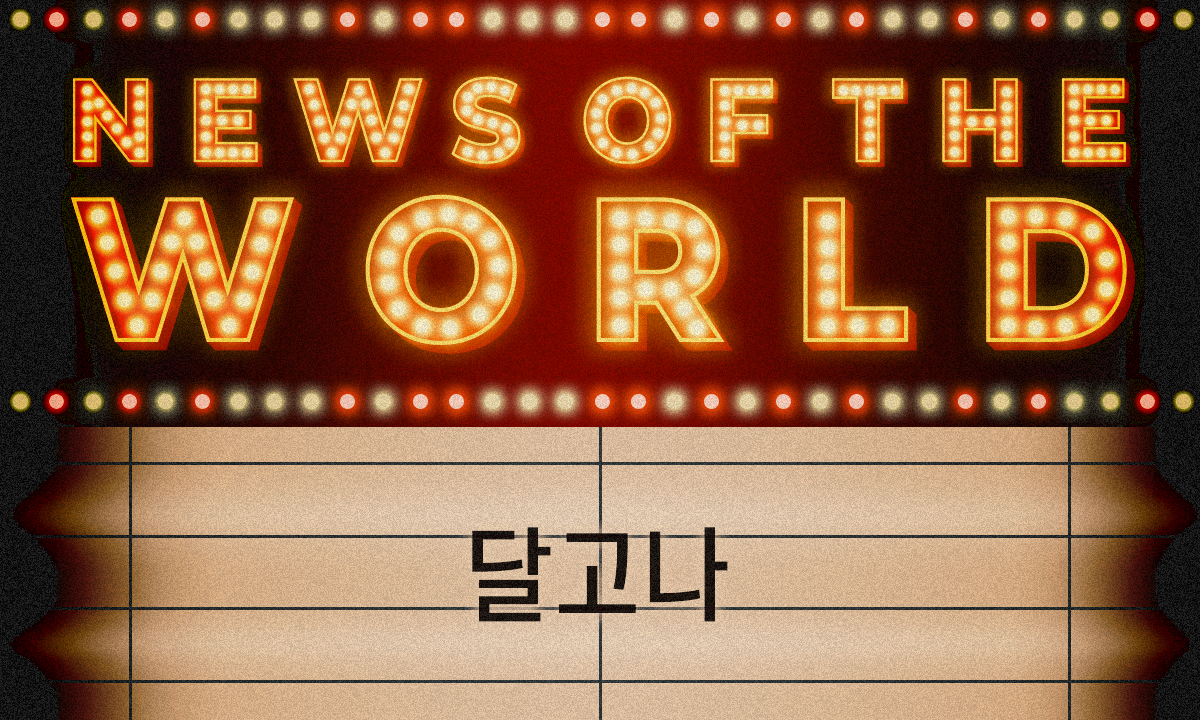
Koreans 40 and over who used to play the “squid game” for real remember the suspense and thrill of it like it was yesterday. The game comes from a time when there were no PlayStations, Nintendos or even computers. Children would pour into the streets to play squid. It’s probably a story that baby boomers from anywhere in the world can relate to. Okay. To put it simply, there were no PC bang in those days—all the streets were the stage.
I have no idea why we were so into the squid game. Someone would just say, “Let’s play squid,” and then we’d immediately be in teams. I was in a state of hyper excitement all throughout the games, determining how to break through the other team’s defenses, cross to the other side and reach the final goal (yet I was nothing like that when it came to studying for tests). Squid was a special game, requiring you to muster up all your strength and every strategy you had. The squid’s body was drawn in a playground, but the whole place became a battlefield. We faked others out by starting out one way then going the other, executed the occasional full-on rush toward the front lines, or split up to create a diversion while others launched a feint attack. Sports are often compared to war operations, and squid was played like American football, with the quarterback cooking up strategies, or volleyball, where they employ deception in a series of delayed attacks.
After letting off so much steam, us kids naturally wanted to eat. We wanted something that would fill us up, or else we often gave into the temptation to eat sweets. In a small tent called a “ppopgi jip”, we became privy to the cooking sciences: the effect of baking soda; the melting point for sugar; the technique behind dissolving sugar in water to make the caramel scrumptious. Before we could do any of that, we had to possess the right technique to get money from our mothers. The dalgona they show in Squid Game is somewhat more gourmet. Sugar, a modern commodity, became a treat targeted at children. Unlike the snacks you get at stores, dalgona was self-serve; it was a snack and an experience. The better they could make it, the better it tasted. Plus, just the name: dalgona. Doesn’t the word itself fill you with desire for something sweet? Dalgona is melted sugar with baking soda mixed in to give it volume. I could watch the way the sugar caramelized over the fire and witnessed the baking soda work its magic. The baking soda generates gas, which in turn creates space inside the sugary snack; that’s the secret to its crispiness. It’s simple once you know how it works, but it’s actually a surprising physicochemical reaction, isn’t it? Today, “sugar art” remains firmly placed as high culture among different French confectionary techniques, which dalgona is indeed also a part of. It’s only right for dalgona to hold a spot next to such distinguished confections as toffee and caramel. I mean, come on—nougat, while expensive, is certainly one of dalgona’s siblings. The only difference is that Madame Nougat uses egg whites instead of baking soda.
Squid Game didn’t draw a distinction between dalgona and ppopgi, and while the two are similar, they’re not the same. While dalgona was a gourmet(?) food that only ever needed to taste good, ppopgi lived in a world of competition as nerve-racking as it is on the show. If you bought dalgona, it was over the moment you paid to eat it, but ppopgi could earn you a bonus if you break the shape out well enough. The competitive ones took on ppopgi. To those who broke the edges of their ppopgi well, the owner of the ppopgi jip would let them have another snack for free, or else award them with the chance to play again. The director behind Squid Game must have drawn on their own memories of nervous moments spent with ppopgi. Even in the winter, my back would be wet from nerves after breaking mine apart.
The ppopgi jip also maintained a blacklist. Some kids had clever tricks to use forbidden techniques. The ppopgi jip owner made it so that you weren’t allowed to take the ppopgi out of the place with you. They did so to prevent people from using any kind of tool or getting help from their friends; the best thing to use was a needle. Naturally it was strictly forbidden. You weren’t even allowed to use your spit. But some kids would still diligently lick all around the edges until they got the shape out. I feel like they at least deserved something for the amount of effort. But anyway, when it came to ppopgi (or, in the show, dalgona) we had to overcome the limits of sugar candy that could melt or break and achieve our objective through the delicate touch of our fingers alone. I can’t think of any time since then that I was ever bent over in such concentration as when doing ppopgi. Not that I’m upset about it. I’m satisfied just knowing my body still tingles with joy from the prizes I received from ppopgi back then. The ppopgi whizzes of the time must’ve gone on to build precision instruments or repair watches, or else taken up genetic engineering—any position that requires exceptionally good dexterity. Ppopgi was life training. I thought dalgona and ppopgi would disappear forever, but they’ve been resurrected. These street sugar snacks seem to do for us what toffee and nougat do in the West. Not that we play games with them that make us that nervous. We’ll leave that to TV.
Unauthorized reproduction and distribution prohibited.
- [NoW] Modern Korean Cuisine2021.05.14

- [NoW] Korean Barbeque2021.06.11

- [NoW] Fusion food in Korea2021.07.09

- [NoW] Pyongyang naengmyeon season2021.08.06


- [NoW] Welcome to gim’s golden age2021.10.01
